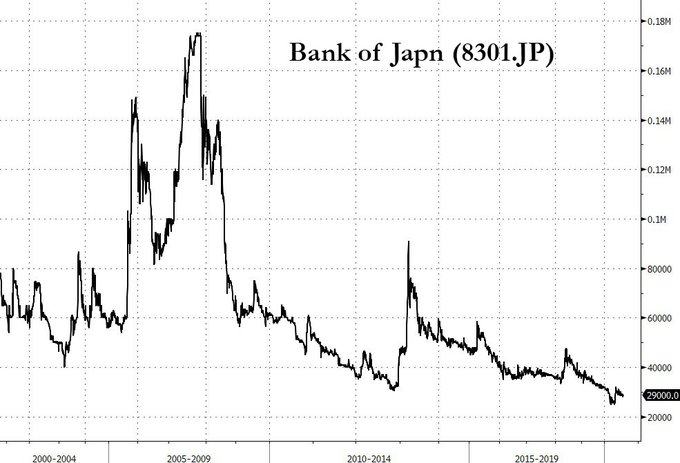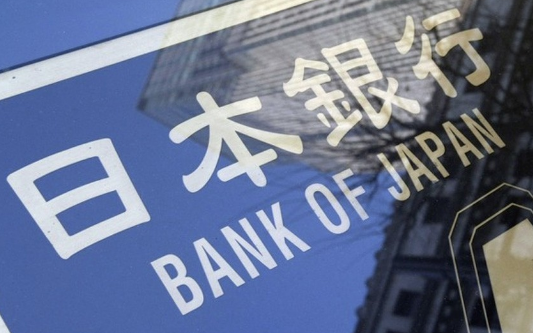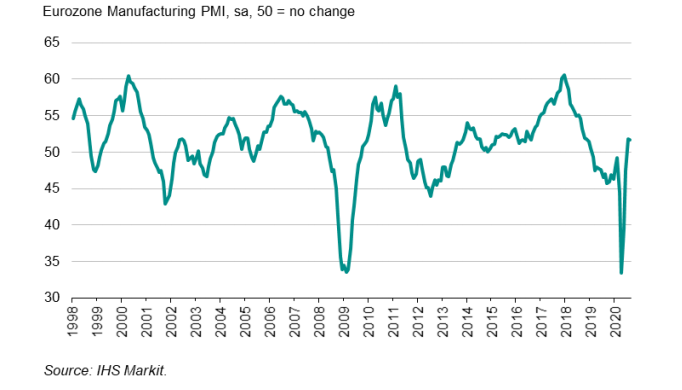Bloomberg reports, citing people familiar with the matter
The BOJ is said to likely consider upgrading its economic assessment amid signs of a rebound in the Japanese economy after the decline in Q2.
But the sources say that any changes would acknowledge that the slump has bottomed, rather than indicate optimism surrounding the outlook of the economy.
Adding that BOJ policymakers still see that the economic situation remains severe and highly uncertain amid the fallout from the coronavirus pandemic.
As for policy action, the sources say that BOJ policymakers see little need to take further measures at this point following their actions in March.
Well, as far as the headline goes, I think calling this an “upgrade” to the assessment is a bit of a stretch. If anything, it looks like they may just signal that the worst is over but the overall economic situation remains rather dire for the time being.
The BOJ will deliver their next assessment of the economy in their policy meeting this month on 17 September.







